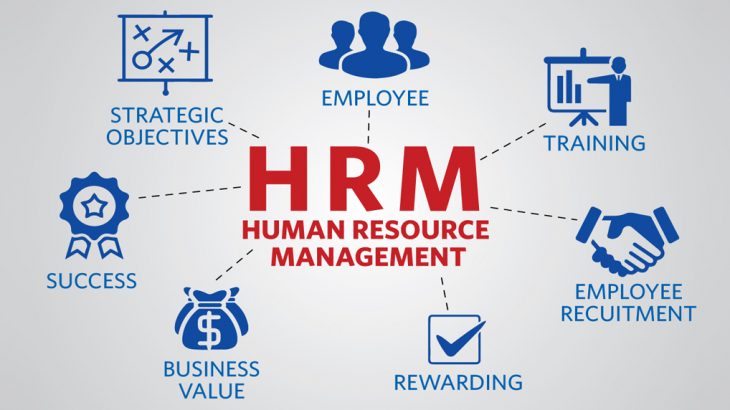Human resources (HR) professionals play a critical role in shaping an organization’s success. Beyond managing recruitment, training, employee relations, and benefits, HR must also look ahead—anticipating future workforce requirements to ensure the company’s growth and sustainability. Strategic forecasting allows HR teams to align talent planning with organizational goals, helping businesses stay competitive in an ever-changing environment.
Without proactive HR forecasting and annual strategic planning, organizations risk being unprepared for future staffing, training, or skills gaps. Here’s how HR professionals can effectively forecast future workforce needs:
Also Read: Professional in Human Resources (PHR)
1. Engage in Strategic Planning
HR is no longer a support function – it’s a strategic partner. Being part of the company’s strategic planning team allows HR professionals to directly influence future growth and workforce development.
Recruiting and retaining high-performing, innovative employees are vital to achieving organizational goals. As HR contributes to strategic discussions, it provides insight into talent availability, compensation benchmarks, and training requirements.
Moreover, HR professionals can assist with budget planning and create detailed recruitment timelines that align with business expansion plans. By integrating HR insights early in the strategic process, organizations can ensure they have the right people in the right roles at the right time.
2. Assess the Current Workforce
Before planning for the future, HR must first understand the present. Employee data, payroll records, and training histories offer a clear view of the company’s existing talent pool.
This assessment includes evaluating:
- Staffing levels – the total number of employees and their distribution across departments.
- Skill sets – identifying areas of strength and skill gaps.
- Training and performance – measuring productivity and readiness for advancement.
By compiling this data, HR establishes a baseline of the company’s human capital. This foundation enables accurate forecasting and helps identify where improvements or additional expertise may be needed.
3. Conduct a Gap Analysis
A gap analysis bridges the space between where the organization is today and where it aims to be in the future. It helps determine what skills, positions, or competencies are missing to achieve strategic goals.
For example, if a company plans to transition from a manual accounting system to an automated digital platform, HR would:
- Review the new systems and technology requirements.
- Conduct a job analysis to identify the roles needed for implementation and maintenance.
- Develop job descriptions and outline qualifications for these new positions.
This analysis reveals the “gap” between current capabilities and future needs – allowing HR to design targeted recruitment, reskilling, or training initiatives to close that gap effectively.
4. Develop a Strategic Staffing and Budget Plan
Once gaps are identified, HR must forecast how to fill them through strategic staffing. This includes budgeting for recruitment, training programs, and potential workforce restructuring.
Forecasting may reveal that some roles will become obsolete due to automation, restructuring, or evolving business priorities. In such cases, HR must design a fair and transparent transition plan, which might involve:
- Workforce reductions and position eliminations
- Severance packages and career-transition assistance
- Upskilling or reskilling programs for employees whose roles are changing
By planning these steps thoughtfully, HR ensures business continuity while supporting employees through transitions.
Final Thoughts
Forecasting future HR needs is not a one-time exercise – it’s a continuous, data-driven process. When HR aligns workforce planning with the company’s strategic goals, it builds a resilient, future-ready organization.
By analyzing current resources, identifying gaps, and creating actionable staffing strategies, HR professionals empower their companies to adapt to change, foster innovation, and achieve long-term success.








